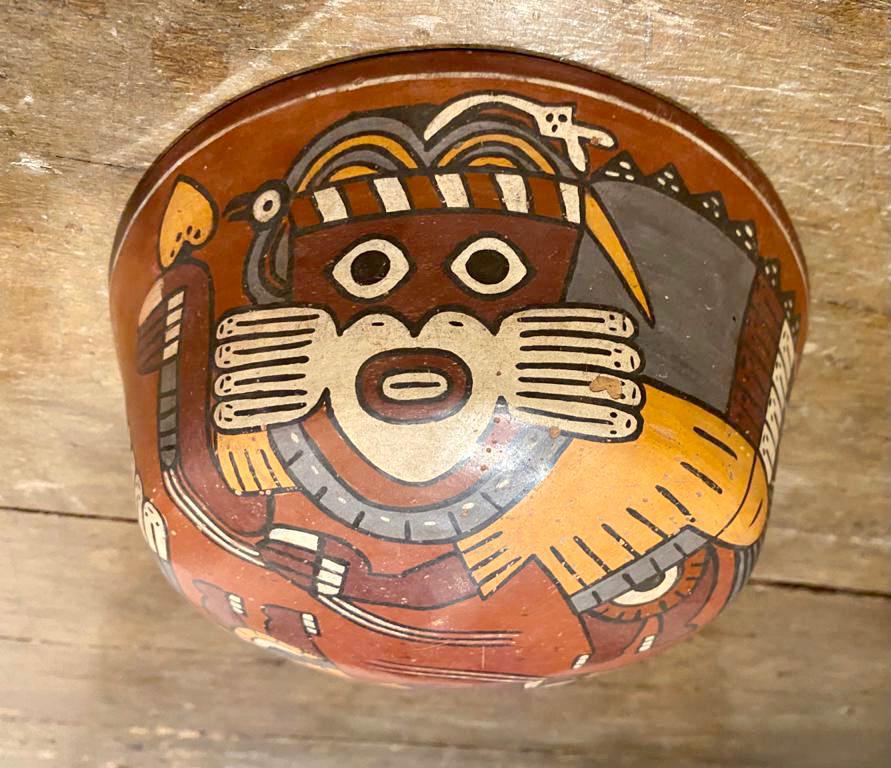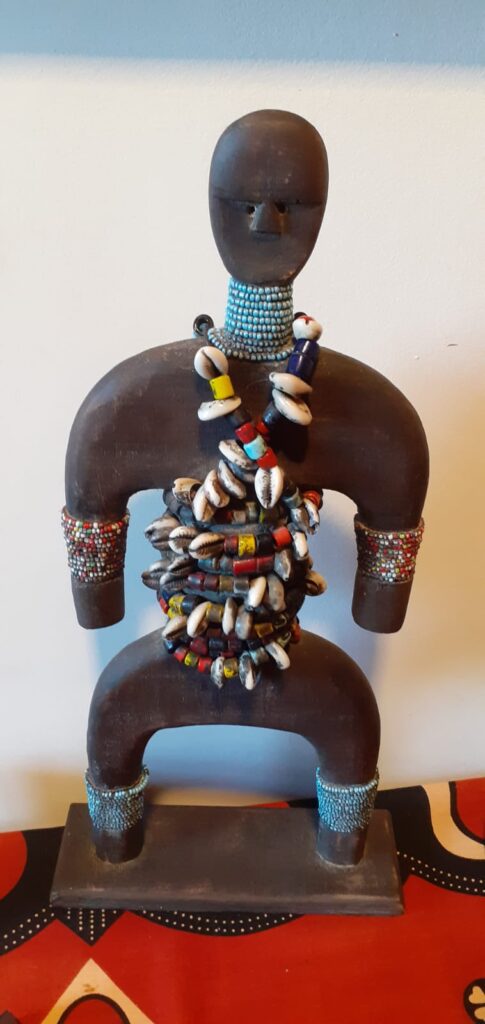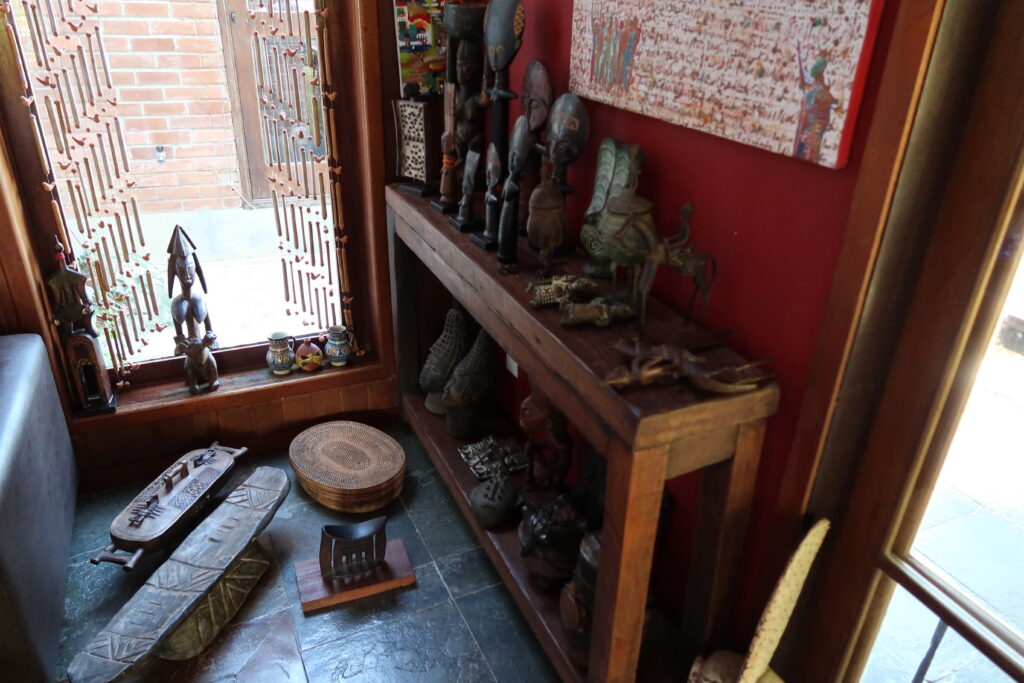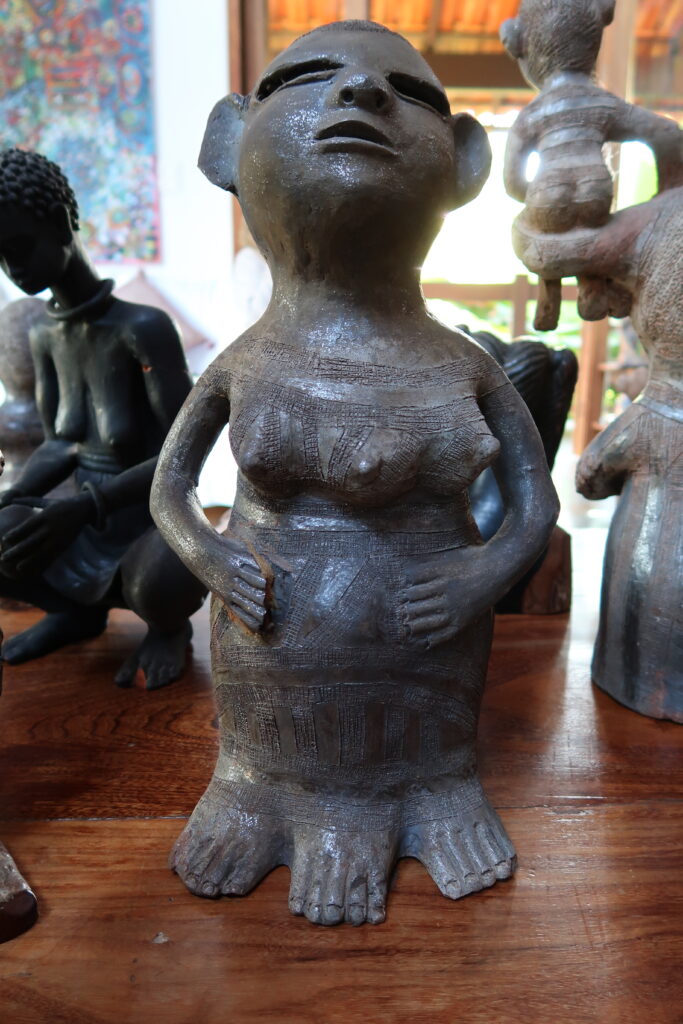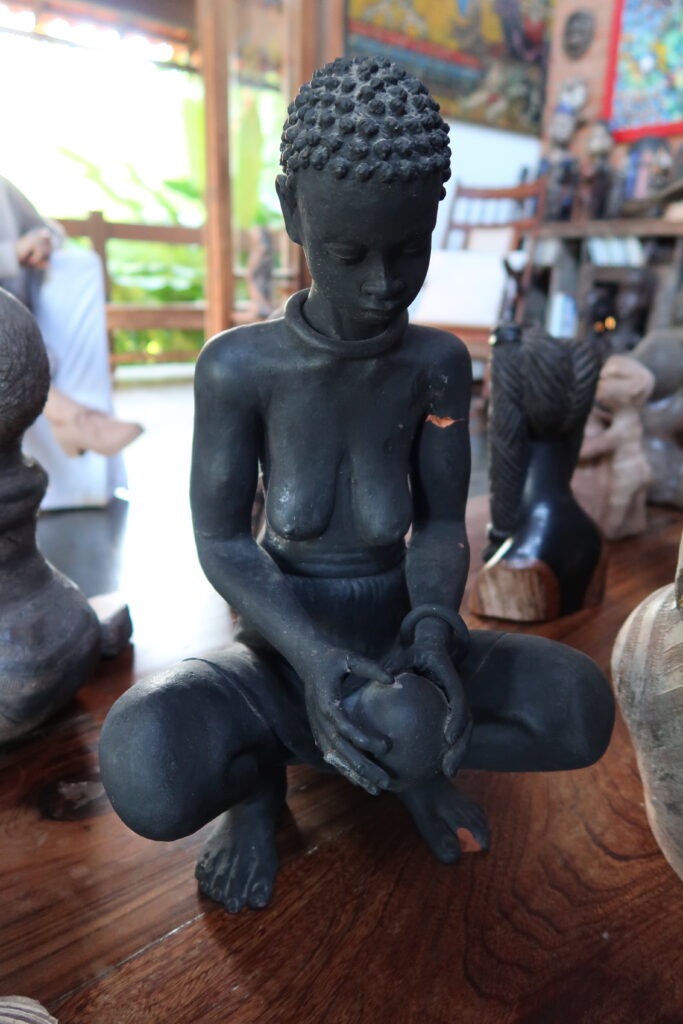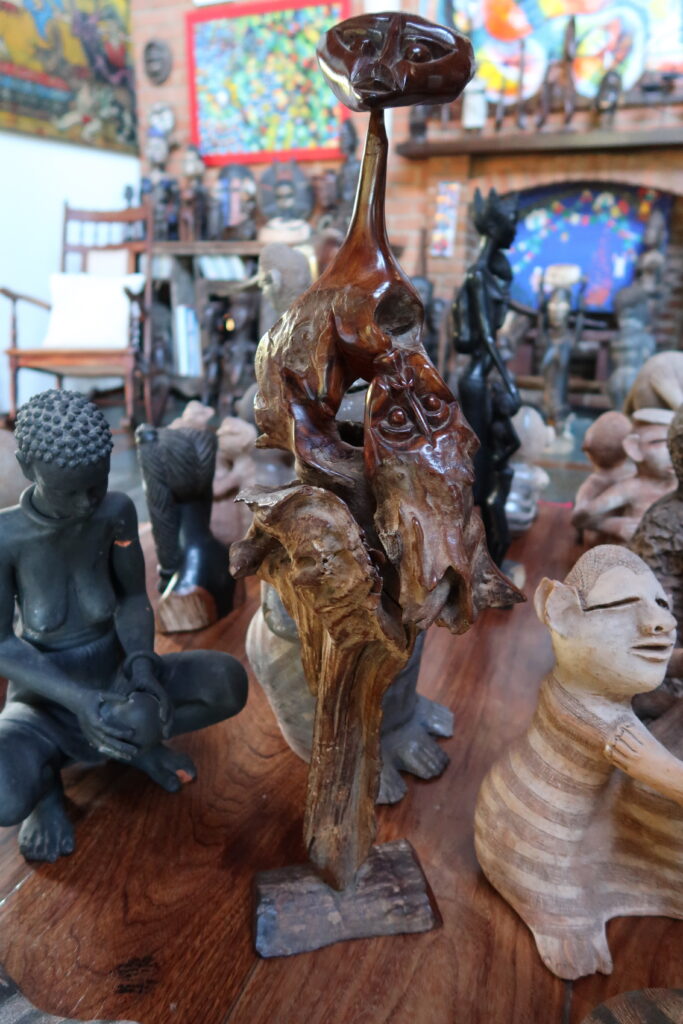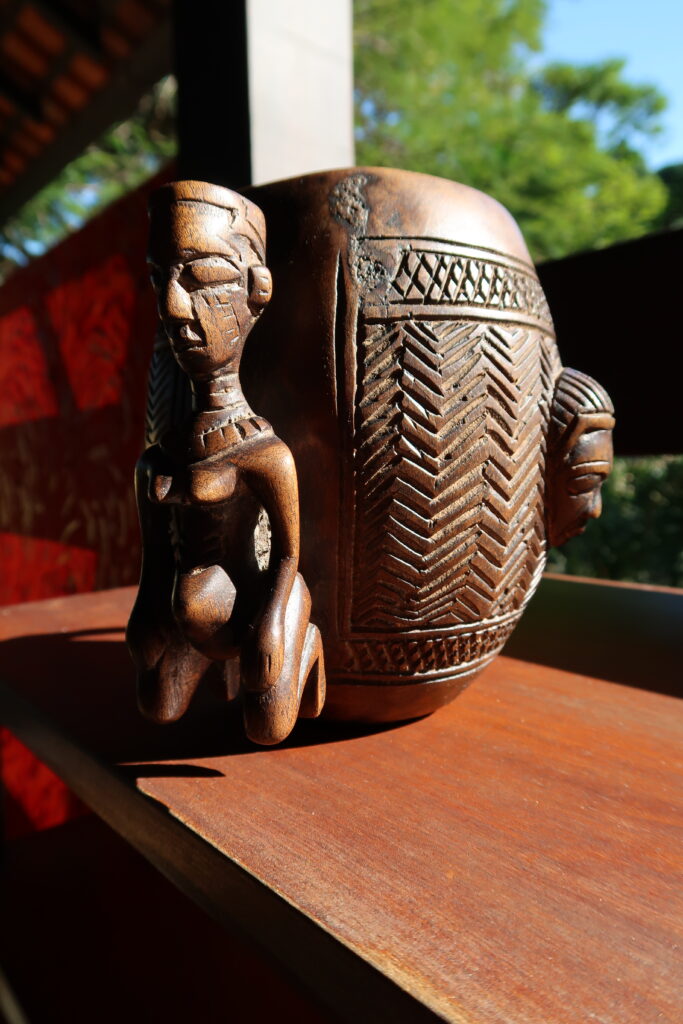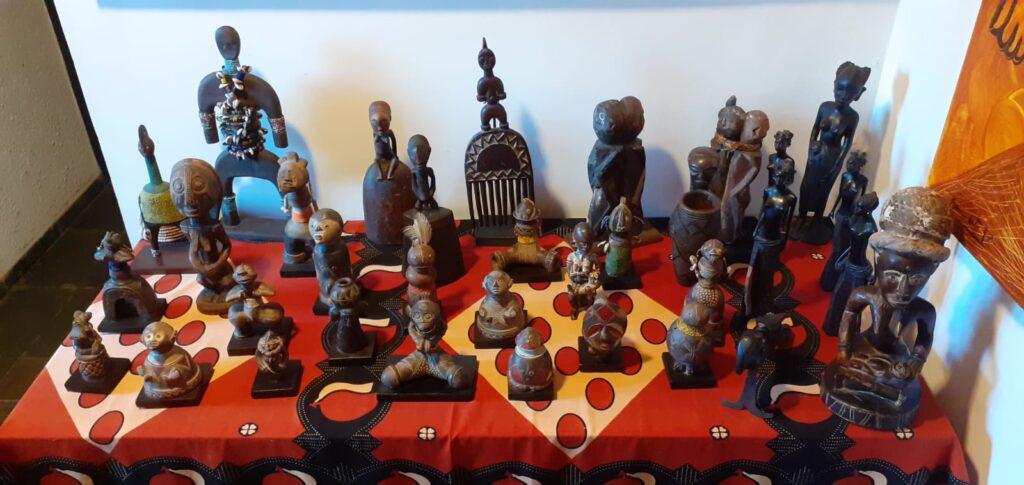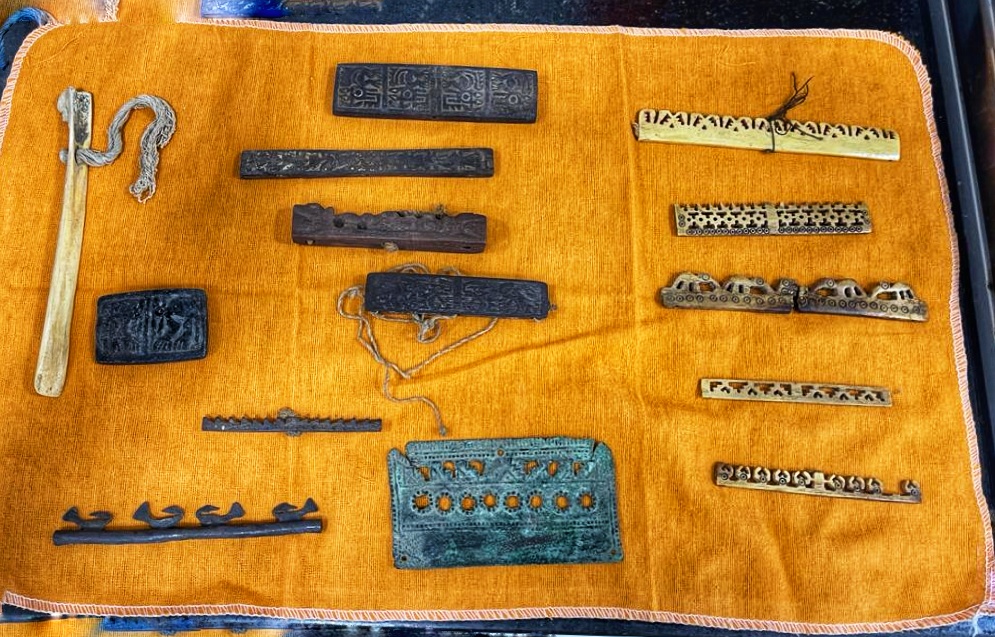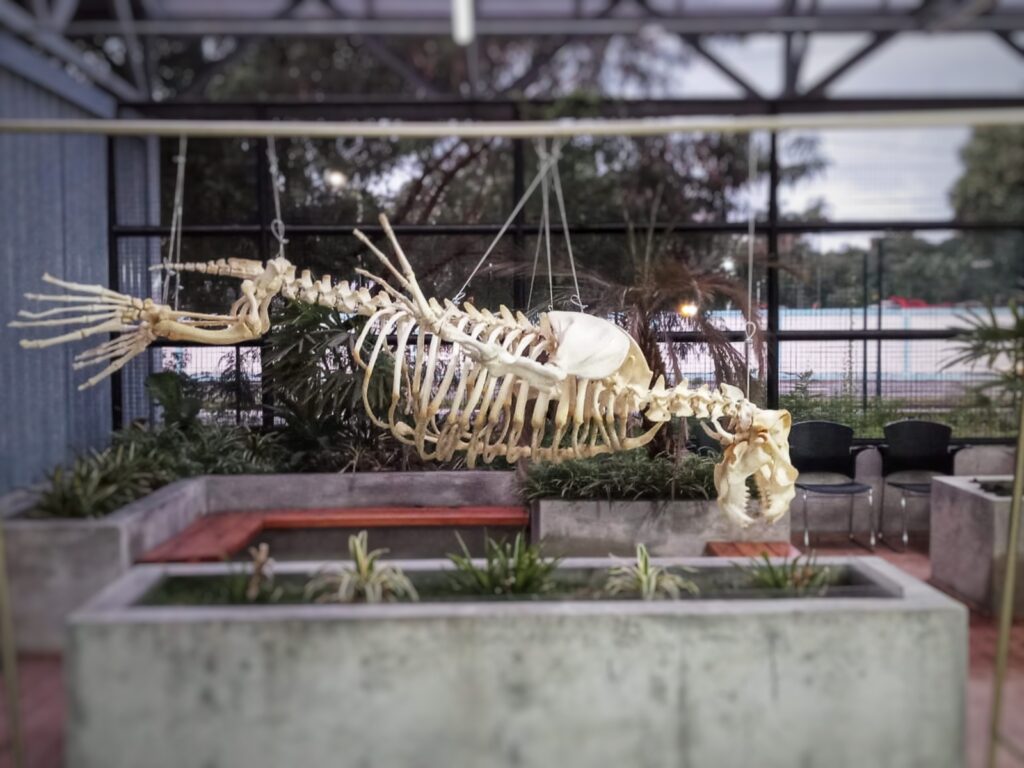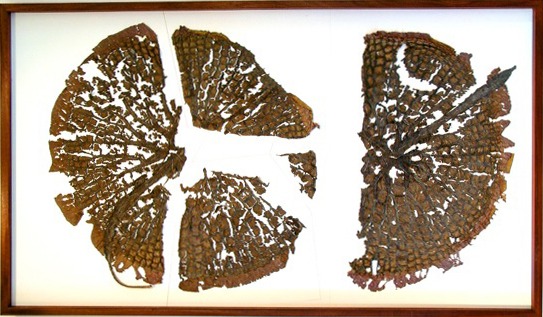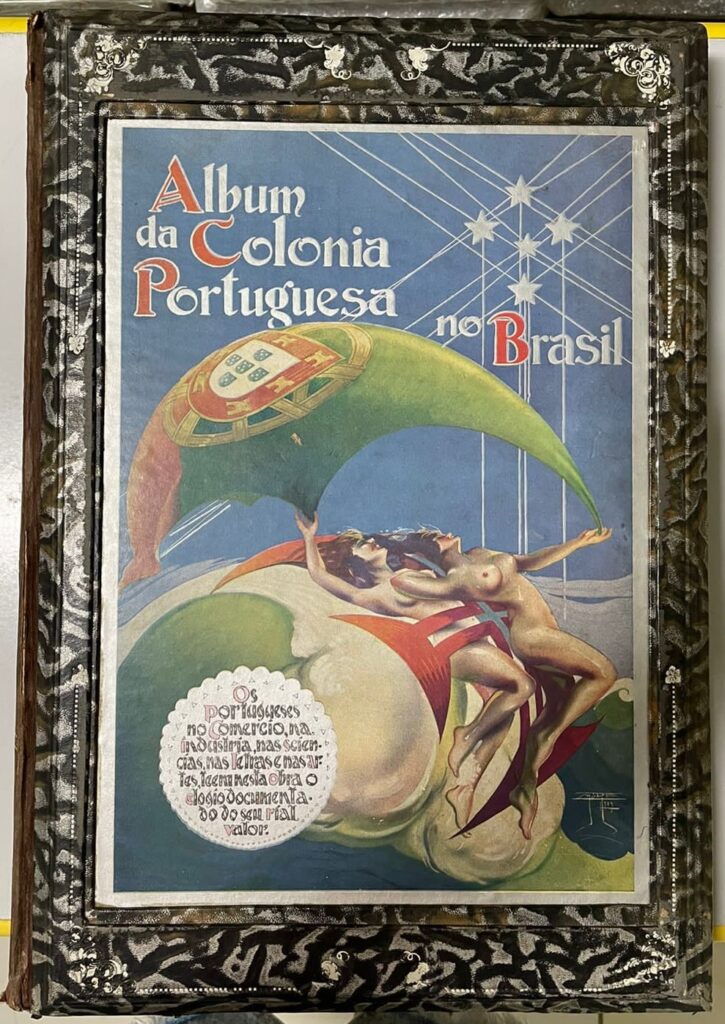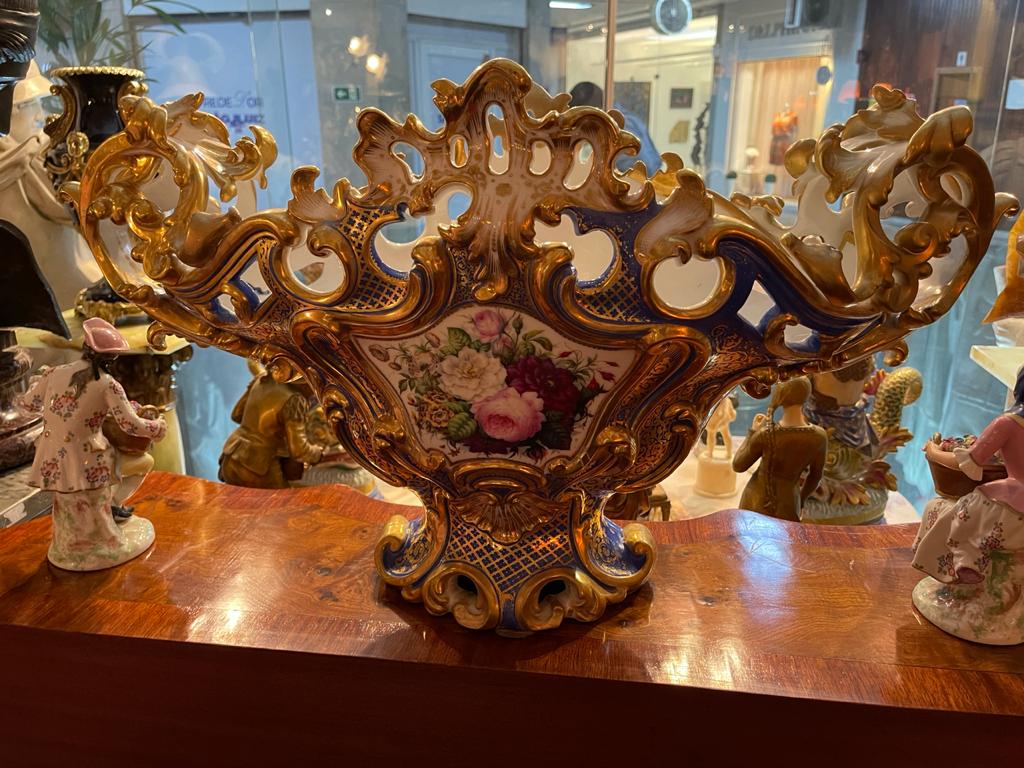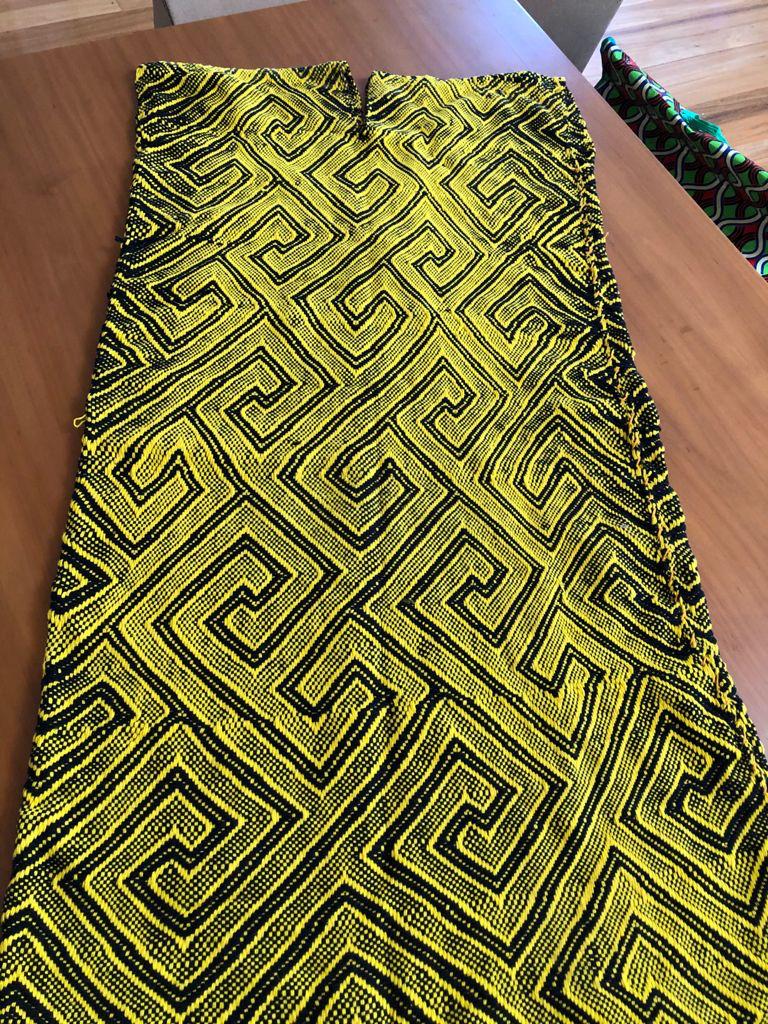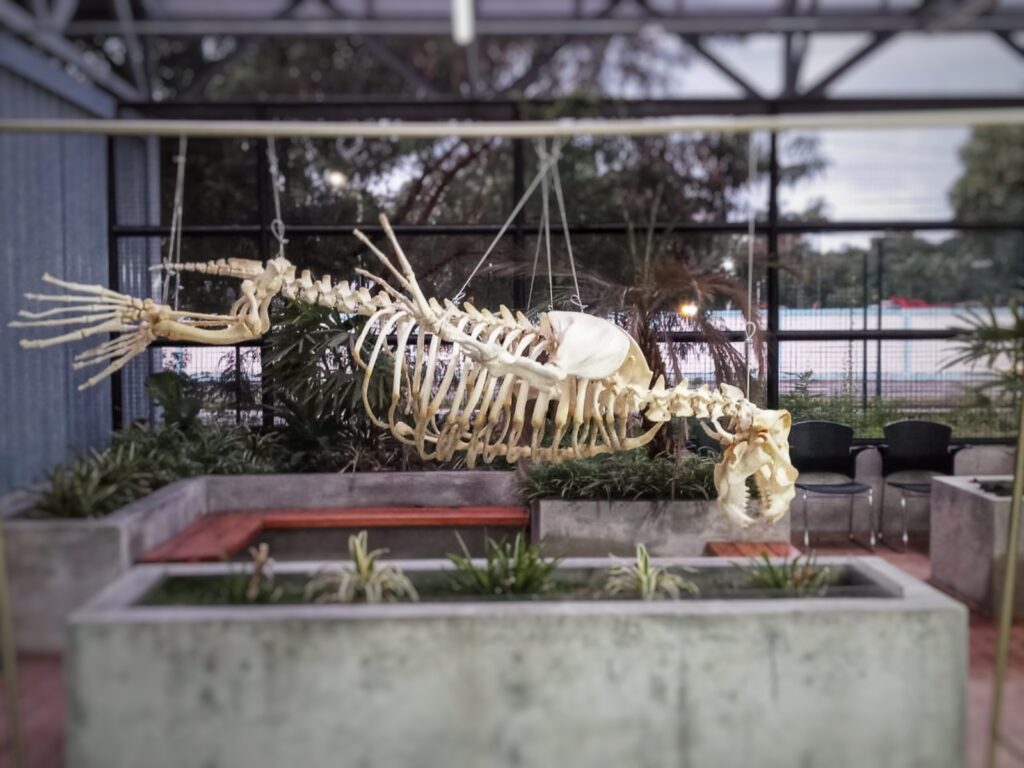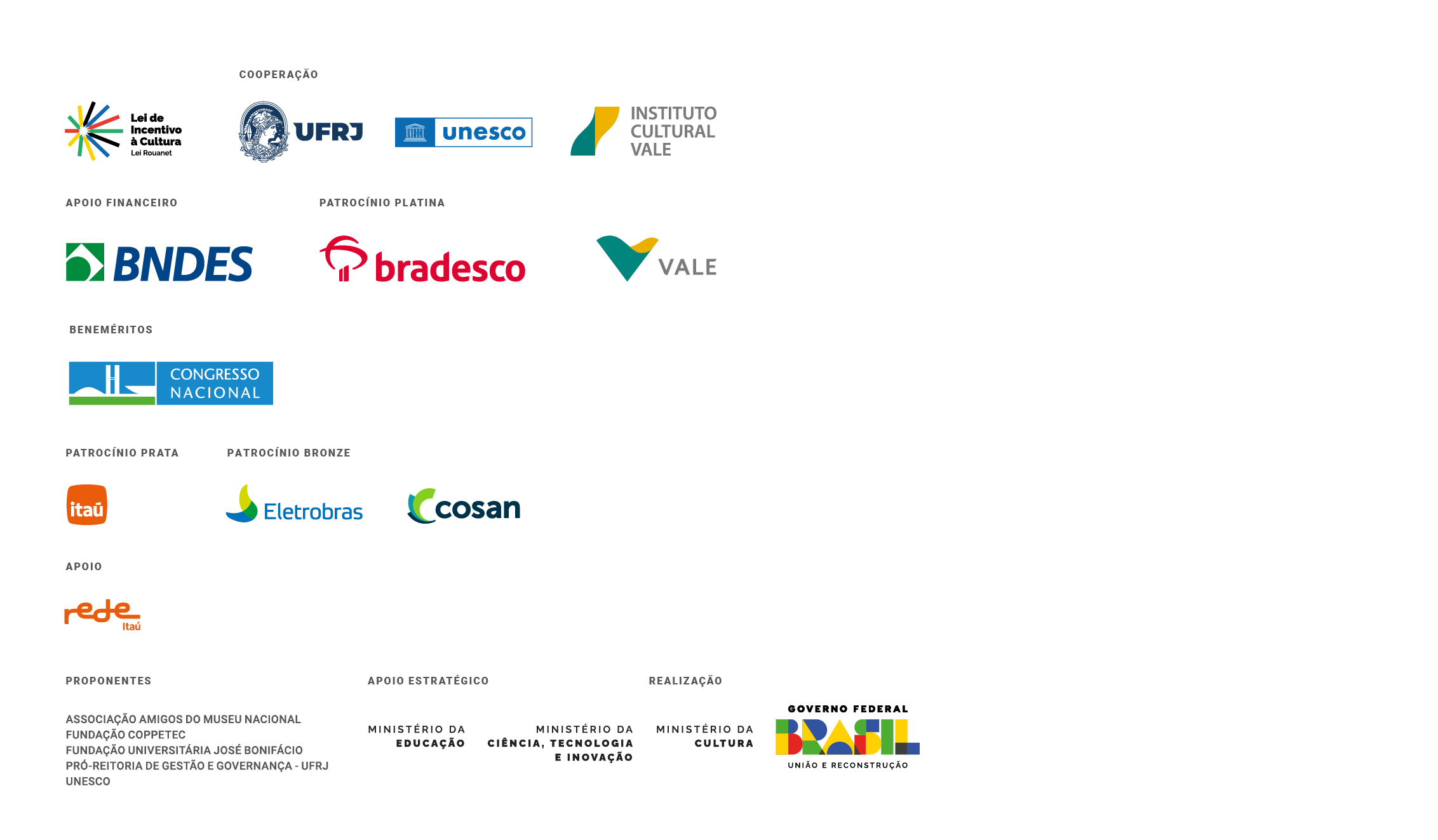Campaign to recompose collections
Museum launches campaign to recompose original collections
After three years from the tragic fire of September 2nd, 2018, The Museu Nacional/UFRJ’s Direction, the Project Museu Nacional Vive’s Executive Committee (UFRJ, UNESCO, Instituto Cultural Vale) launched today, during a press conference, a campaign to reconstitute its collections. It was also presented a “Declaration of Commitment to Rebuild the Collections of Museu Nacional,” an allusion to the Brazilian Declaration of Independence signed on the same day in 1822 by Empress Leopoldina.
Although this date is marked by a tragedy, the Museum director, Alexander Kellner, highlights the importance of such initiative. “We are fully aware that our success depends upon intense national and international collaboration. We need specimens of animals and plants, fossils and minerals, ethnographic, historical, archeological, and many other objects in other to rebuild the lost collections. We are estimating that our new exhibitions will occupy 5.500 m2, and will need around 10.000 objects, which will be presented in four different exhibition circuits”.
The campaign and the Declaration of Commitment aim to call upon research institutions, different society representative collectivities, collectors from all over the world can come together and help the Museum in this challenging mission to recreate this institution. We are expecting that others can see as us an example to follow.
There is a website (www.recompoe.mn.ufrj.br) where people can find more details about the campaign. Online people can find testimonies from donors who have already donated to the Museum: the retired Itamaraty diplomat Fernando Cacciatore, who donated 27 Greek-Roman objects; the researcher Wilson Savino and his essential African Ethnographic Collection; the indigenous Tonico Benites, collaborating with the Ethnographic Indigenous Collection; the musician Nando Reis, who donated to the mollusks collection; Museu Nacional’s Professor João Pacheco, talking about the Luckesh Collection donated by the Universalmuseum Janneum de Graz, Austria. The new acquisitions are going to integrate the future four exhibitions circuits: Historical (1.000 items), Universe and Life (4.500 items), Cultural Diversity (2.500 items), e Brazilian Environments (2.000 items).
“Our strategy with this campaign is to reaffirm the importance of democratizing knowledge. This Museum has always been a center dedicated to the natural and anthropological. Our vision and aim are to rebuild the Museu Nacional as an innovative, sustainable, and accessible Natural History and Anthropological Museum, valuing the scientific and cultural heritage and as a house of knowledge, permanently welcoming people to study, know better and reflect on our surrounding world and contributing to make it a sustainable and safe place to live while at the same time allowing everyone to dream. said Alexander Kellner.
Different procedures related to collections research, institutional cooperation, transport, and work conservation are being adopted by the Museum and its partners. Moreover, a Safety and Sustainability Workgroup is part of the Project Museu Nacional Vive and is coordinated by Banco Nacional de Desenvolvimento Econômico e Social (BNDES). The workgroup seeks to develop safety and management protocols for the Museum and its collections.
“BNDES has a long-term vision to the cultural institutions. Our scope of work is to help institutions to reinforce their management and governance, therefore promoting sustainability. We are engaging the Museu Nacional and all its partners to discuss models for their future management so that their activities can have adequate financial support, said Júlio Costa Leite, coordinator of Public Management and Socioenvironmental Area at BNDES.
Check out an image gallery with some collections already received by the Museum:
